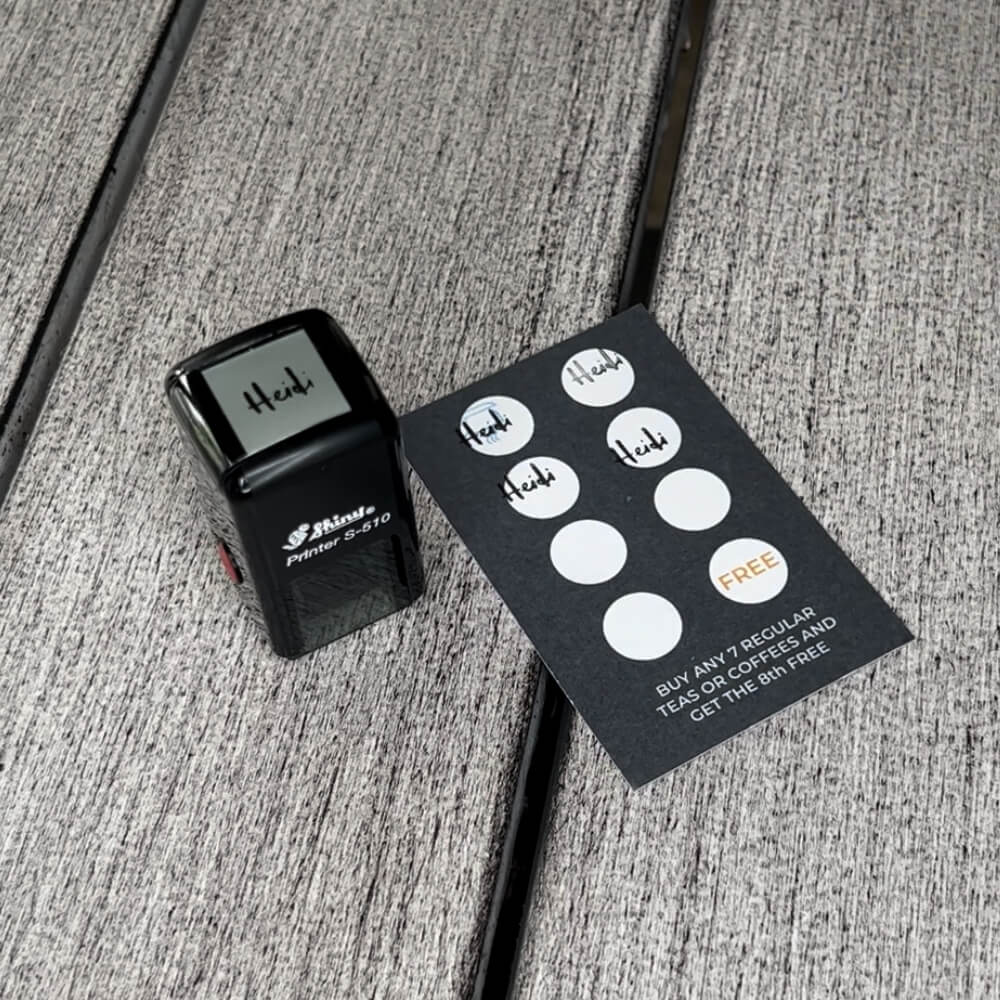The Evolution and Significance of Printed Food Wrapping Paper
In today’s fast-paced world, the presentation of food has become just as important as the food itself. As consumers become more discerning and businesses seek to stand out in a crowded market, printed food wrapping paper has emerged as an essential tool for branding, functionality, and sustainability. This article delves into the evolution, significance, and future of printed food wrapping paper.
Historical Context
Food packaging has been an integral aspect of human civilization for centuries. Initially, natural materials such as leaves, bark, and animal skins were employed to wrap food items. As societies progressed, the packaging evolved, moving towards papers and plastics that catered to growing consumer needs. It wasn’t until the mid-20th century that printed food wrapping paper began to gain popularity, coinciding with a boom in food production and marketing. This era witnessed the advent of vibrant colors and dynamic designs that transformed mundane packaging into eye-catching marketing tools.
The Role of Printed Food Wrapping Paper
Today, printed food wrapping paper serves multiple functions. Firstly, it is an essential branding tool for food businesses. Custom prints featuring logos, brand colors, and unique designs help to create brand recognition and loyalty. For instance, gourmet restaurants often use bespoke printed paper that reflects their brand's ethos, creating a memorable dining experience right from the takeout point.
Secondly, aesthetically pleasing wrapping can enhance the perceived value of food products. For many customers, the excitement of unwrapping a beautifully designed package adds to the overall experience of enjoying a meal. This is particularly important for businesses in the competitive fast-food and takeaway markets, where presentation can significantly influence consumer choice.
Moreover, printed food wrapping paper provides an essential function in terms of food safety and hygiene. High-quality wrapping materials not only preserve freshness but also protect food from contaminants, ensuring that customers receive their products in optimal condition.
printed food wrapping paper

The Sustainability Shift
As the world becomes increasingly aware of environmental issues, the food industry is under pressure to adopt more sustainable practices. The demand for eco-friendly printed food wrapping paper has surged, with companies seeking alternatives to traditional plastic packaging. This shift has led to the development of biodegradable and compostable materials that can be printed with eco-friendly inks. Brands that prioritize sustainability can attract environmentally conscious consumers, making printed wrapping paper a crucial part of their marketing strategy.
Several innovative companies are leading the charge in sustainable packaging. They are creating printed wrapping papers from recycled materials or using water-based inks, which have a lower environmental impact. Additionally, some brands are even encouraging customers to return packaging for recycling or provide incentives for using reusable containers.
Trends and Innovations
As the market evolves, several trends are emerging in the realm of printed food wrapping paper. One significant trend is personalization; businesses are beginning to offer customizable wrapping solutions, allowing consumers to choose designs that reflect their personal tastes or festive occasions. Such personalization can enhance customer engagement and foster a deeper connection between consumers and brands.
Digital printing technology is also revolutionizing the packaging industry. It allows for short production runs of customized designs, making it feasible for small businesses to compete with larger corporations. Furthermore, innovations in materials science are paving the way for stronger, thinner, and even edible wrapping papers, offering exciting possibilities for the future.
Conclusion
In conclusion, printed food wrapping paper has evolved from a simple protective layer to a multifaceted marketing tool that reflects the values and aspirations of both consumers and businesses. Its role in branding, functionality, and sustainability cannot be underestimated. As we move into a future that prioritizes environmental consciousness and personalization, printed food wrapping paper is poised to adapt and thrive, continuing to shape the food industry in innovative ways. Whether in a gourmet restaurant or a local food stall, the impact of thoughtfully designed wrapping paper is undeniable, enhancing not only the aesthetic appeal but also the overall consumer experience.



